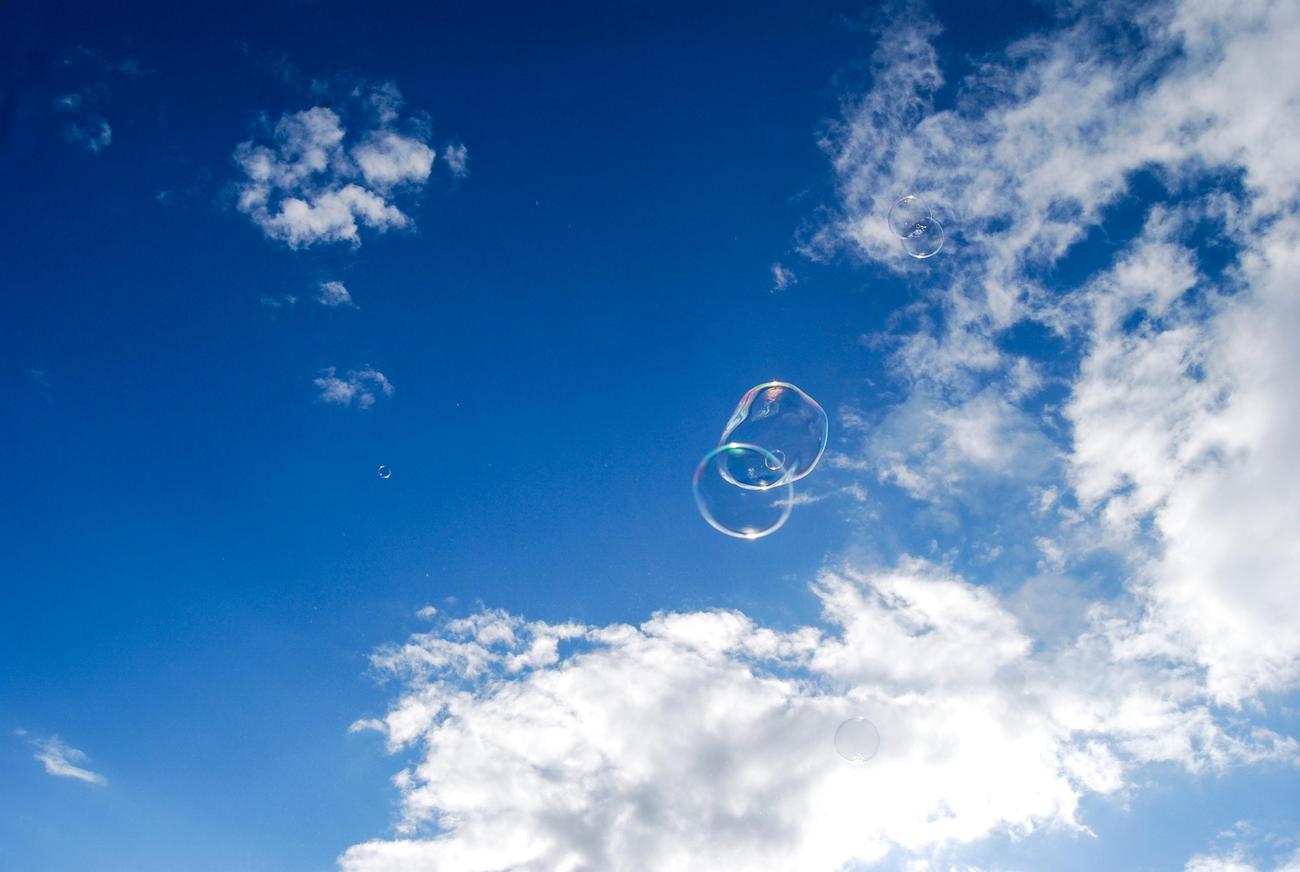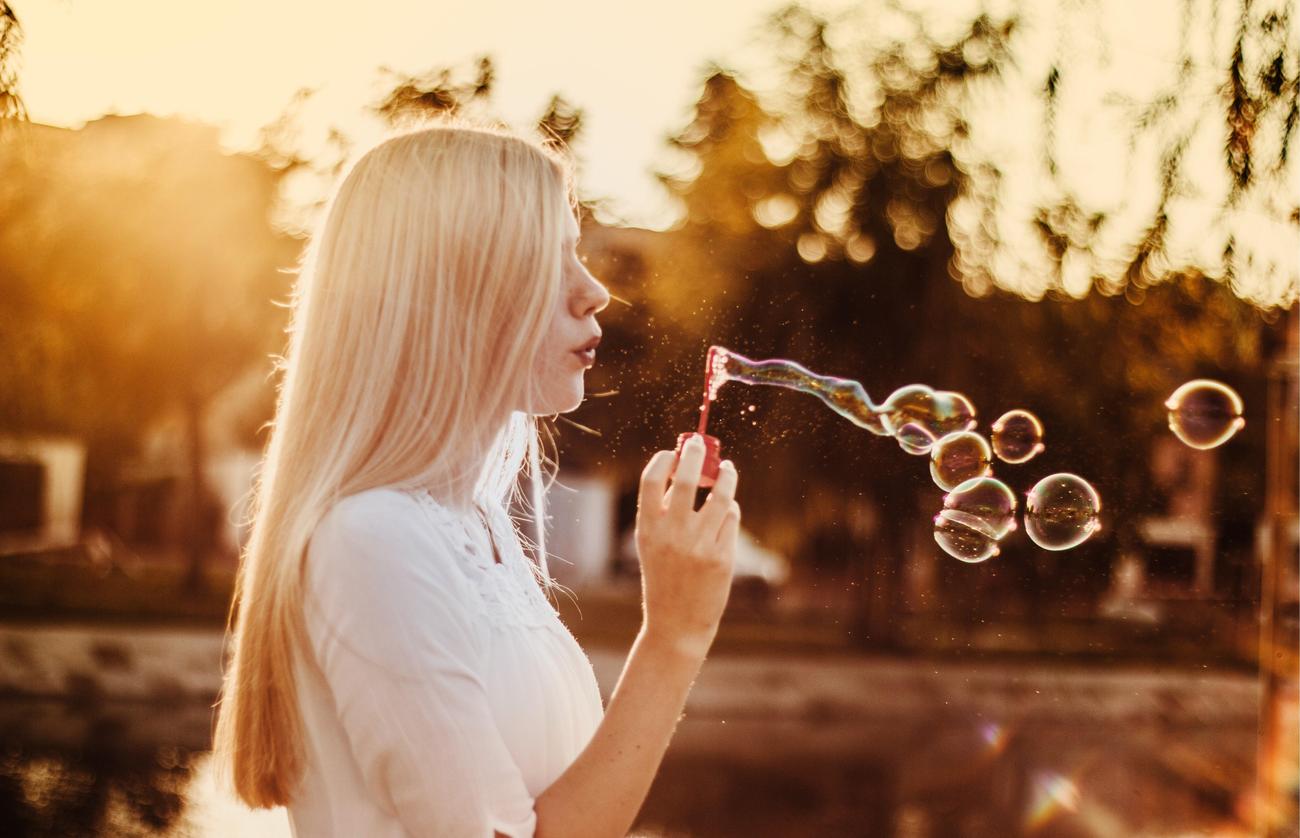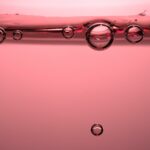Bubbles, those mesmerizing and ephemeral spheres of air trapped within a liquid, have captivated the human imagination for centuries. From the joyful playfulness of blowing soap bubbles to the awe-inspiring grace of champagne effervescence, they hold a certain enchantment that defies their seemingly simple existence. But have you ever wondered about the magic behind their formation? In this article, we delve into the intricate world of fluid dynamics, embarking on a journey to unravel the secrets of the formation process of bubbles. Brace yourself as we immerse ourselves in the realm of physics and explore the captivating mechanisms that give birth to these fascinating spheres.

Formation Process of Bubbles
Bubbles, those whimsical spheres that float through the air and bring joy to both children and adults, have long fascinated scientists and intrigued curious minds. But what exactly is the formation process behind these ethereal creations? Let’s delve into the intricate world of bubbles and uncover the secrets of their birth.
At the heart of bubble formation lies the interplay between air and a liquid containing substances that reduce surface tension, such as soap. Surface tension is the force that holds the molecules of a liquid together, creating a thin, elastic “skin” on its surface. When air is blown into the soapy liquid, a thin film of soapy water is formed, encapsulating the air within its grasp.
Imagine the bubble as a delicate bubblegum balloon, with the thin film of soapy water acting as its elastic exterior. This film stretches and molds itself around the air trapped within, giving the bubble its spherical shape. The addition of soap to the water is vital in reducing the surface tension, enabling the formation of these enchanting spheres.
But how does this magical transformation occur? The process of bubble formation involves the stretching and pinching off of the thin film of soapy water. As the air is blown into the liquid, the film is gently stretched, akin to a skilled sculptor shaping clay. The film continues to elongate until it reaches a critical point, at which it becomes unstable and spontaneously separates from the rest of the liquid, pinching off to form a distinct bubble.
This formation process, however, is not a continuous phenomenon. Rather, it is a probabilistic process, occurring intermittently as bubbles emerge from the depths of the liquid. It is as if the bubbles play a game of hide and seek, teasing us with their sporadic appearances.
The size and shape of bubbles can be influenced by various factors. The size of the orifice from which the air is blown plays a significant role, with larger orifices producing larger bubbles. Additionally, the flow conditions of the liquid contribute to the bubble’s characteristics. Faster flow rates can result in elongated and asymmetric bubbles, while slower flows tend to create smaller and more symmetrical ones.
Unfortunately, all good things must come to an end. Bubbles, with their fragile existence, are not exempt from this fate. Eventually, the bubble’s demise arrives when the thin film of soapy water breaks, or when evaporation causes it to vanish into thin air. As the bubble pops, we are left with nothing but fond memories of its fleeting presence.
In summary, the formation process of bubbles is a captivating dance between air, soapy liquid, and surface tension. As air is blown into the liquid, the film of soapy water stretches and moulds itself to encapsulate the air, forming a spherical bubble. However, this process is intermittently and discontinuously in terms of time. Factors such as the orifice size and flow conditions influence the size and shape of bubbles. But alas, their glorious existence is short-lived, as they inevitably burst and fade away.
So the next time you witness a bubble floating effortlessly through the air, remember the intricate journey it undertook to grace us with its presence.
Bubbles are not just for kids! Did you know that bubbles can actually freeze? Yes, you heard it right! When the temperature drops below freezing point, bubbles can turn into ice bubbles, creating stunning and delicate formations. If you’re curious to learn more fascinating facts about bubbles, click here for some random facts about bubbles!

FAQ
Question 1: How are bubbles formed?
Answer: Bubbles are formed when air is blown into a liquid that contains soap or other substances that lower the liquid’s surface tension. The soap reduces the surface tension of the liquid, allowing the air to be trapped within a thin film of the liquid and forming a bubble.
Question 2: Why is the addition of soap important for bubble formation?
Answer: Soap is important for bubble formation because it reduces the surface tension of the liquid. This reduction in surface tension allows the liquid film to stretch and trap the air, creating a bubble. Without soap, the surface tension of the liquid would be too high, causing the air to escape and preventing bubble formation.
Question 3: How do bubbles retain their shape until they pop?
Answer: Bubbles retain their shape until they pop because of the thin film of soapy water that surrounds the trapped air. The film acts like a thin, elastic skin that holds the air together in a spherical shape. As long as the film remains intact, the bubble will retain its shape. However, when the film breaks or evaporates, the bubble pops.
Question 4: What factors can influence the size and shape of bubbles?
Answer: The size and shape of bubbles can be influenced by several factors. The size of the orifice used to blow the bubbles can affect their size. A larger orifice will result in larger bubbles, while a smaller orifice will produce smaller bubbles. Additionally, the flow conditions, such as the speed and direction of the air being blown into the liquid, can also influence the shape of the bubbles.
Question 5: Is bubble formation a continuous or intermittent process?
Answer: Bubble formation is an intermittent and discontinuous process in terms of time. It does not occur continuously, but rather in bursts or intervals. This probabilistic process means that bubbles form sporadically rather than continuously. The timing of bubble formation is influenced by various factors, such as the concentration of soap in the liquid and the flow conditions.
- Unlocking 2-Letter Words with U: The Definitive Guide - April 4, 2025
- Unlock Words with the Letters THREE: Top Unscramble Tools 2025 - April 4, 2025
- Master Scrabble: X & Z Words for High Scores - April 4, 2025
















